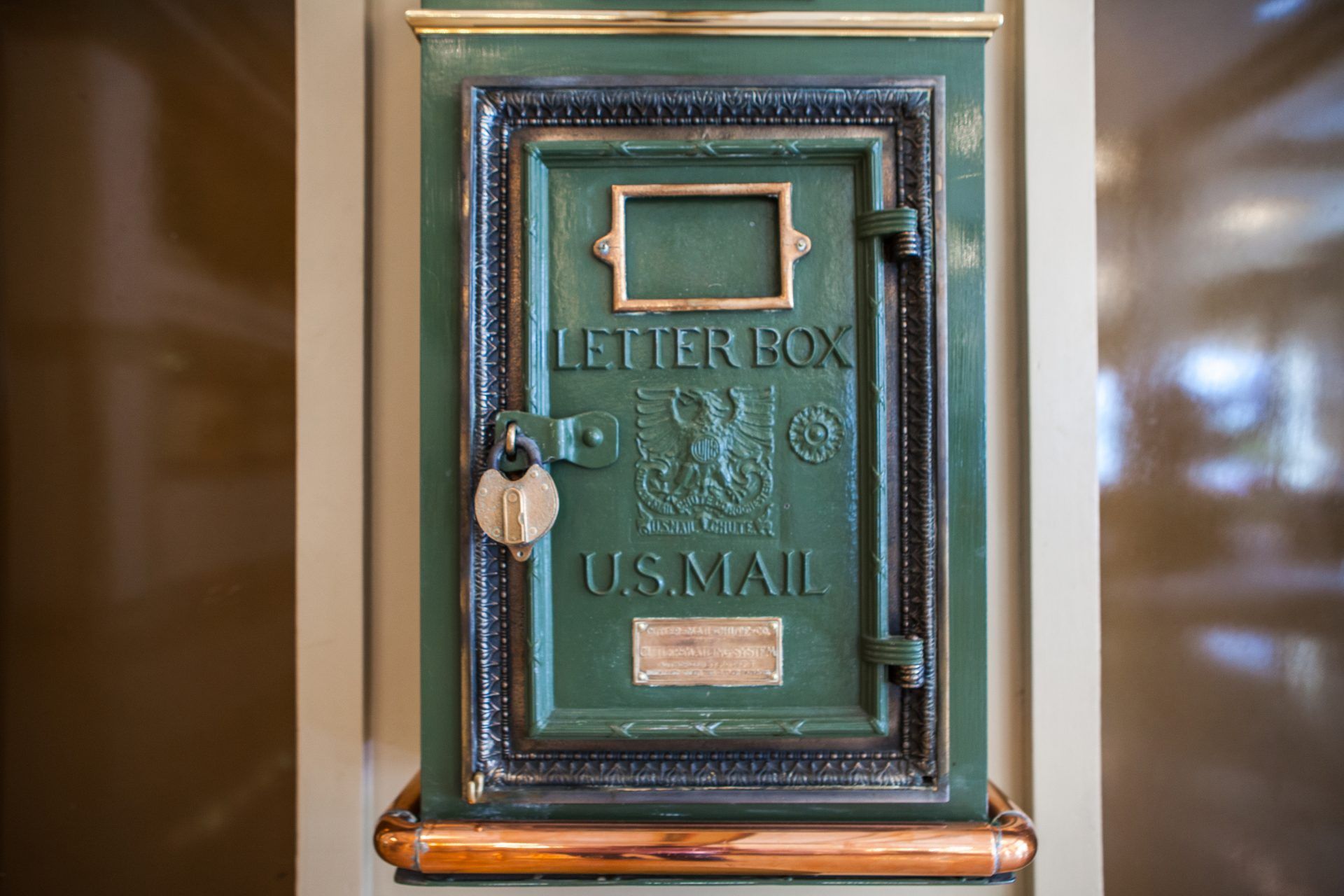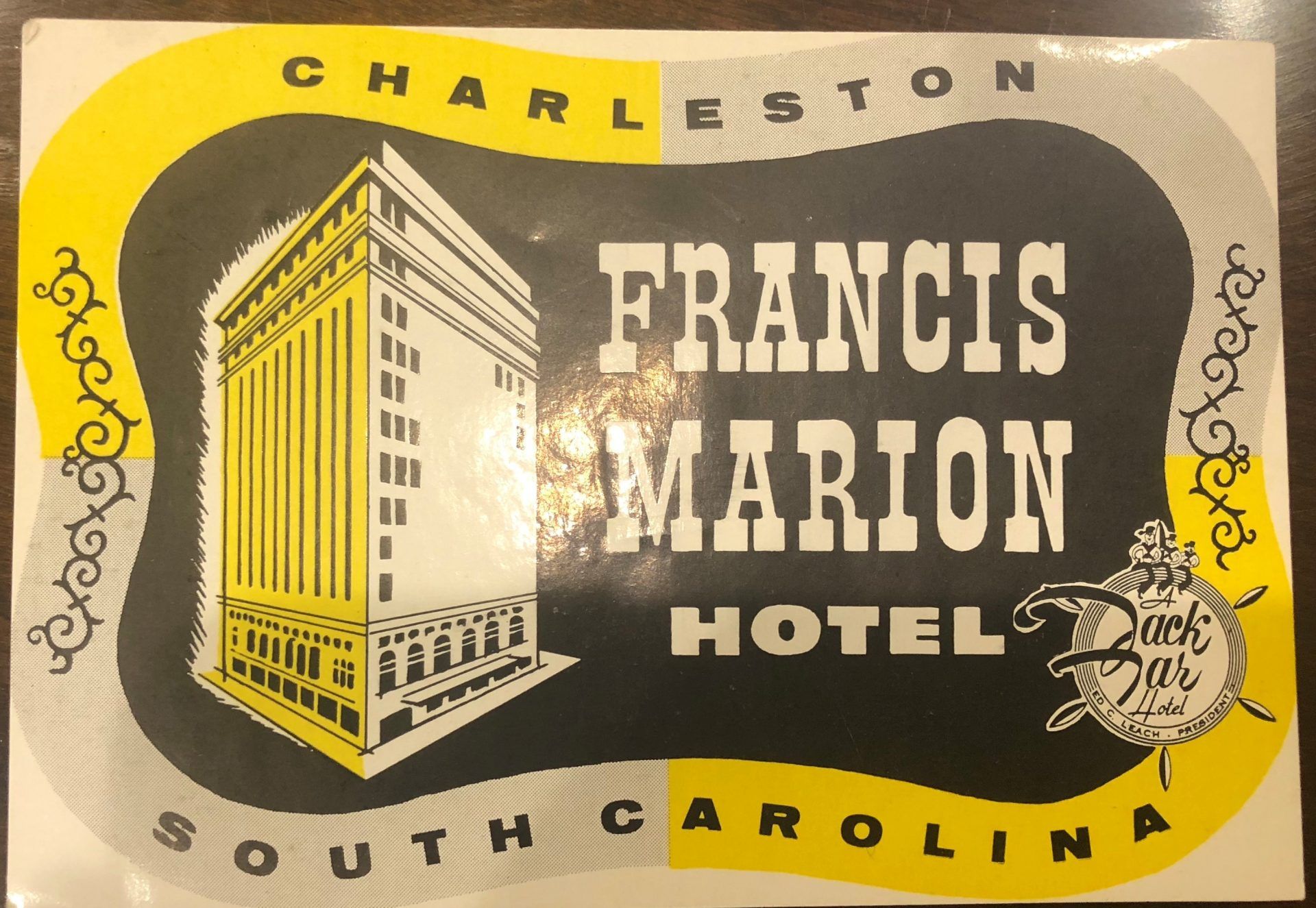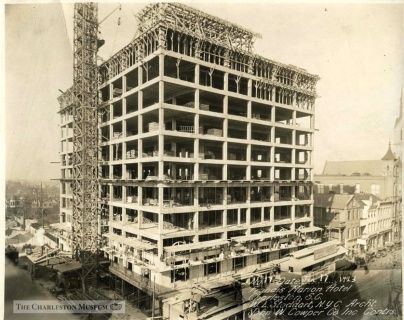History of the Francis Marion Hotel & Charleston
Meticulously restored in 1996 with a $12 million National Trust for Historic Preservation award winning restoration, the Francis Marion Hotel now combines 1920’s style and grace with 21st Century comfort and convenience in the heart of historic Charleston on Marion Square. Rising 12 stories, many of the Hotel’s 235 guestrooms and suites offer spectacular views of Charleston’s historic harbor, church steeples and legendary King Street. The Francis Marion Hotel, with its central downtown location, is an easy walk to the antebellum homes, magnificent gardens, antique shops and boutiques, and world-class restaurants.
*Image Courtesy of the Charleston Museum



FRANCIS MARION – REVOLUTIONARY WAR HERO
Learn More About Francis Marion:
Encarta Article
The Life of General Francis Marion by W.L. Weems
THE CHARLESTON RENAISSANCE
For more on the history of Charleston visit:
The Historic Charleston Foundation
The Preservation Society of Charleston

